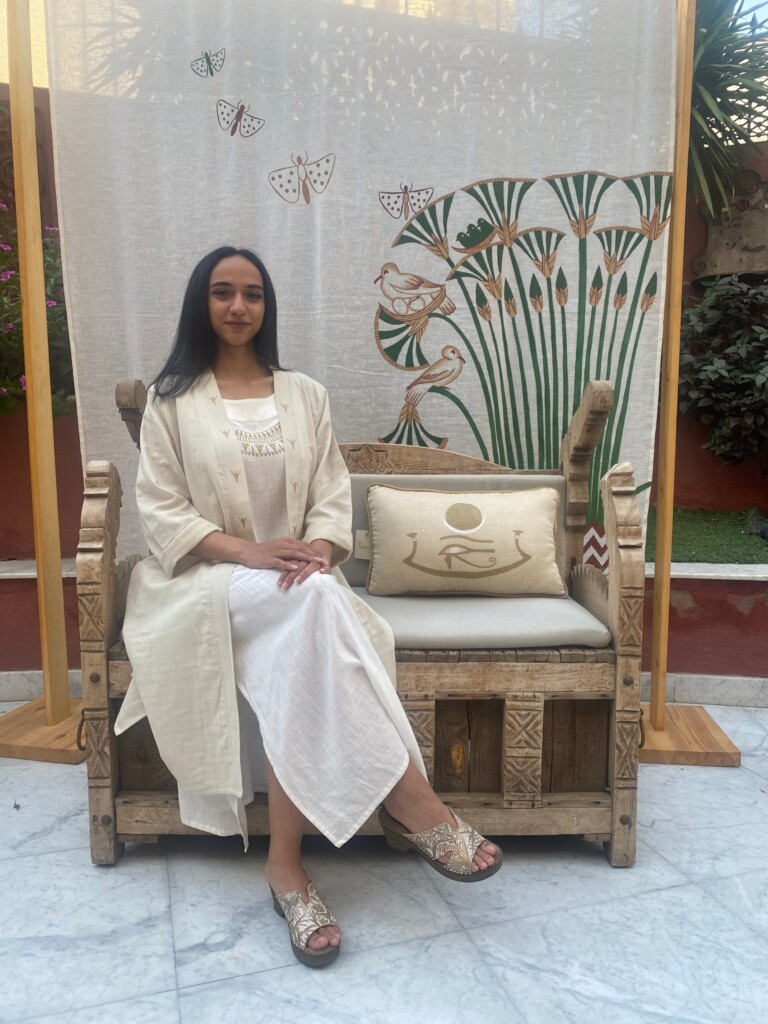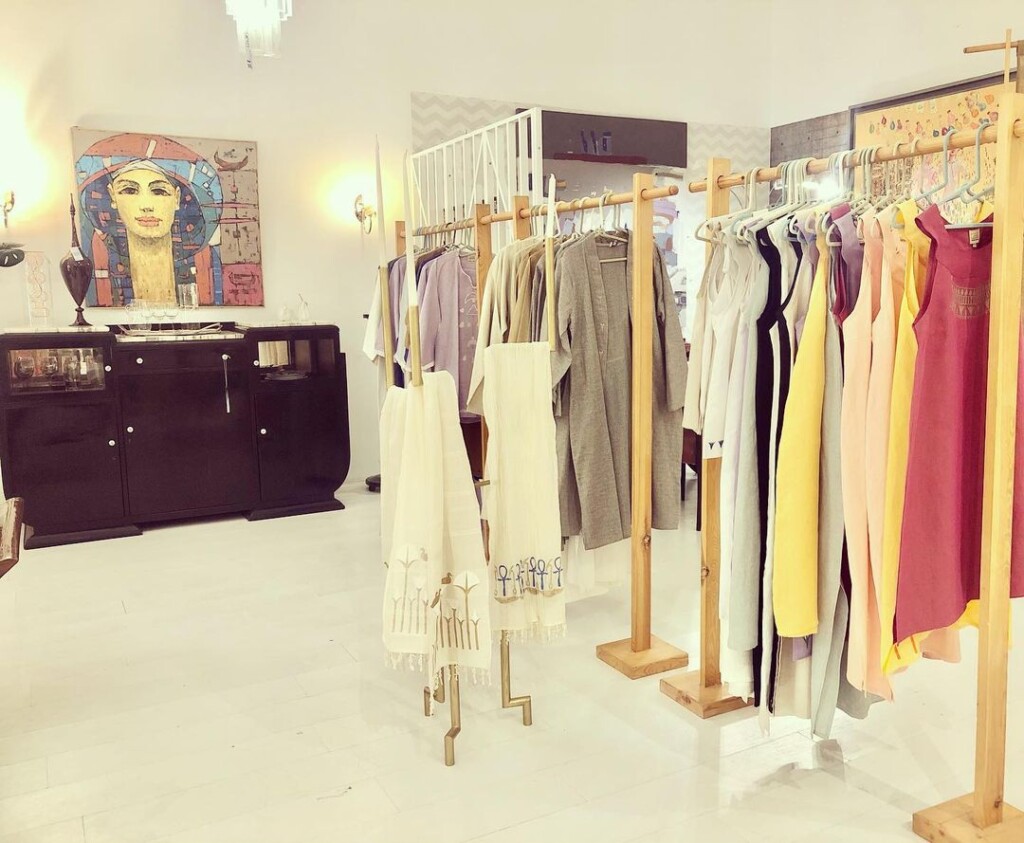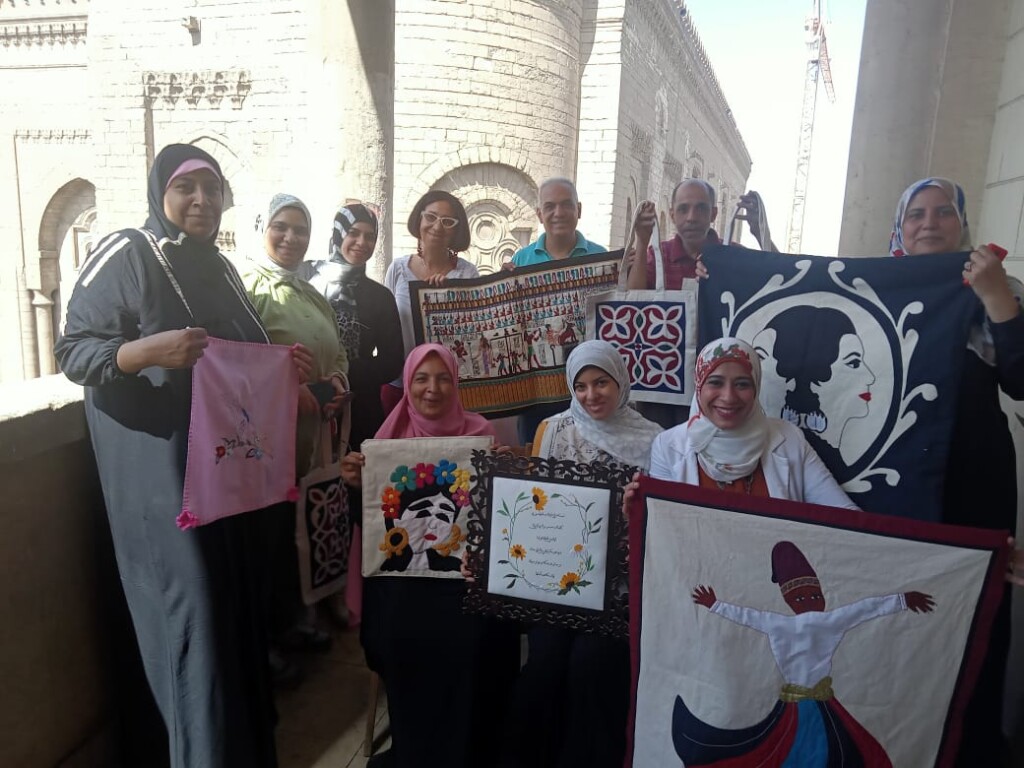




Tallī: (Turkish: tel – wire, string), Gulf Arab – a woven braided trimming made with metal wire, threads and ribbons often sewn on detachable panels used as embellishments. Other – (Synonym: tulle_bi_talli
Tūlle_bi_tallī: (French: Tulle – a city in France where fine material for veil was first made; Turkish: tel – wire; Synonym: tariq; talli; badla; khus_dozi
Khus_dozi: (Persian: Khvosh – an Iranian province; dozi – needlework; Synonym: tariq; talli; tulle_bi_talli; badla), series of small metal knots made on a woven net ground as embellishment. The term is commonly used in Iran and parts of the Arabian Peninsula possibly because Khvosh was one of the centres for the craft. Khus_dozi: (Persian: Khvosh – an Iranian province; dozi – needlework; Synonym: tariq; talli; tulle_bi_talli; badla), series of small metal knots made on a woven net ground as embellishment. The term is commonly used in Iran and parts of the Arabian Peninsula possibly because Khvosh was one of the centres for the craft.
 A model wearing ancient Egyptian-inspired clothing designed by Mahinaz Elmissiry
A model wearing ancient Egyptian-inspired clothing designed by Mahinaz Elmissiry A selection of Mahinaz Elmessiry's dresses, robes and scarves on display in Cairo
A selection of Mahinaz Elmessiry's dresses, robes and scarves on display in Cairo When Mahinaz is not working on her collections or showcasing them worldwide, she lectures on art history and Egyptian cultural heritage at places such as the Bibliotheca Alexandrina or teaches local communities arts and crafts. If you want to learn more about Mahinaz's work, follow her on Instagram.
When Mahinaz is not working on her collections or showcasing them worldwide, she lectures on art history and Egyptian cultural heritage at places such as the Bibliotheca Alexandrina or teaches local communities arts and crafts. If you want to learn more about Mahinaz's work, follow her on Instagram.